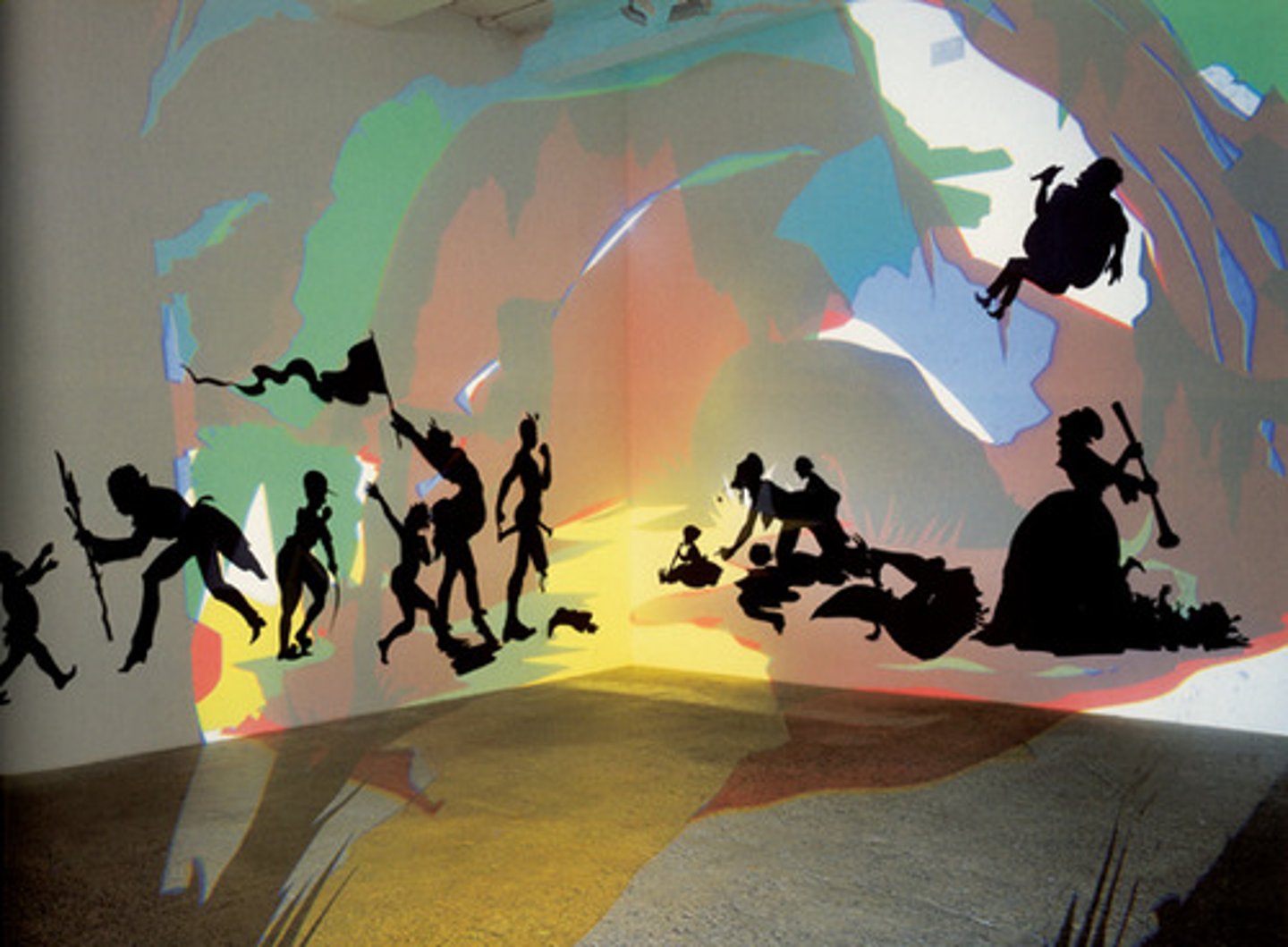Visual Literacy Final
1/21
There's no tags or description
Looks like no tags are added yet.
Name | Mastery | Learn | Test | Matching | Spaced |
|---|
No study sessions yet.
22 Terms
Romanticism
an art movement whose works were marked by intense colors, turbulent emotions, complex composition, soft outlines, and sometimes heroic or exotic subject matter
Realism
art in which the goal is to portray forms in the natural world in a highly faithful manner
Impressionism
art movement that emphasized an accurate depiction of light in its changing qualities, ordinary subject matter, unusual visual angles, and inclusion of movement
Post-Impressionism
art movement that moved artists to create individualistic style
Expressionism
art movement that claimed the right to distort visual appearances to express psychological or emotional states, especially the artists' own feelings
Cubism
art movement developed by Picasso and George Braque that abstracts the forms of the visible world into fragments or facets drawn from multiple points of view
Abstract Expressionism
an American art movement of the mid-20th century, characterized by large scale and nonrepresentational imagery
Assemblage (combine)
the technique of creating a sculpture by grouping or piecing together distinct elements, as opposed to casting, molding, or carving
Happenings
an event staged or directed by artists and offered as art
Pop Art
an art style of the 1960s, deriving its imagery from popular, mass-produced culture
Minimalism
a broad tendency during the 60s and 70s toward simple, primary forms
Appropriation
a postmodern practice in which one artist reproduces an image created by another artist and claims it as their own
The Starry Night
Vincent Van Gogh, 1889
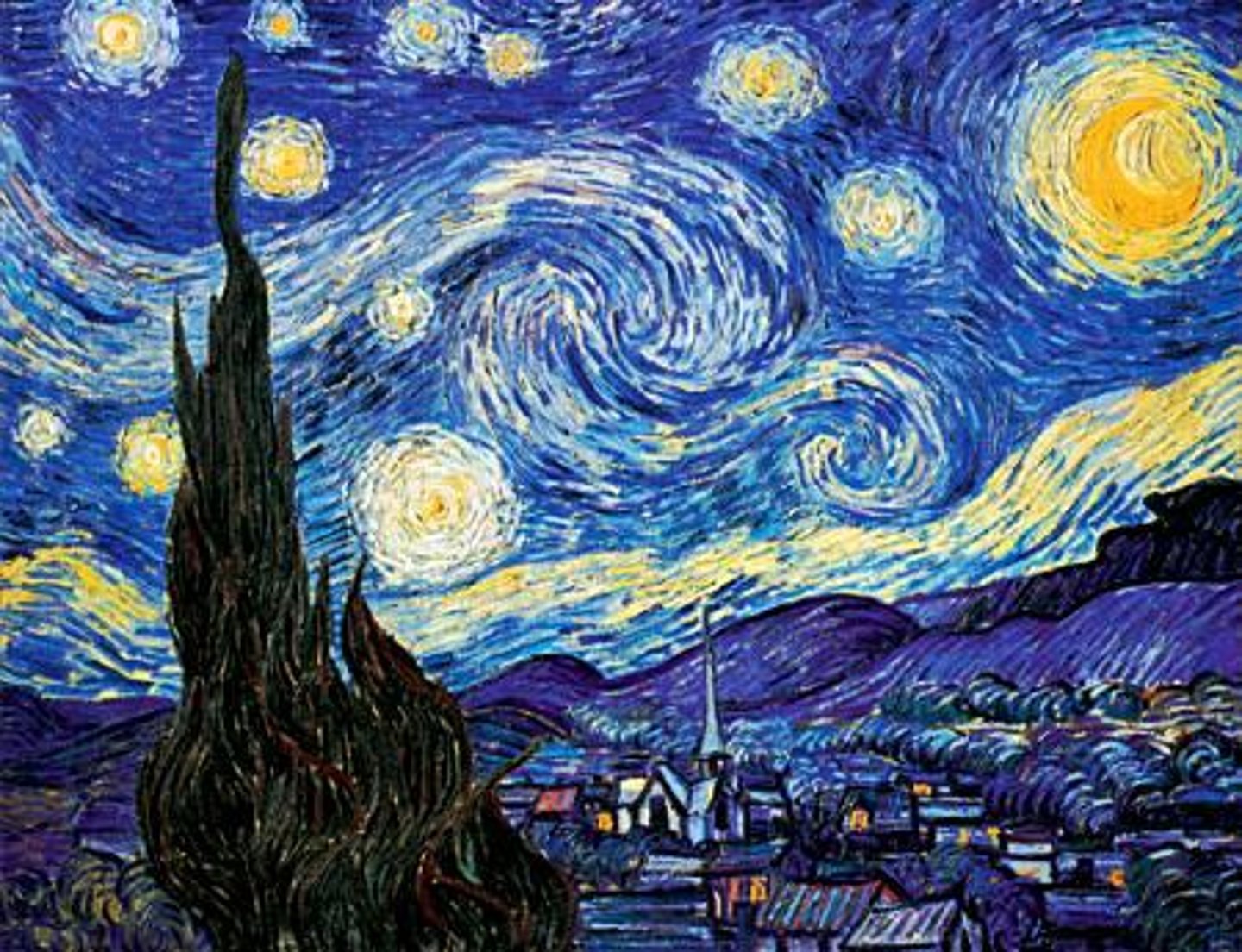
Dinner Party
Judy Chicago, 1979
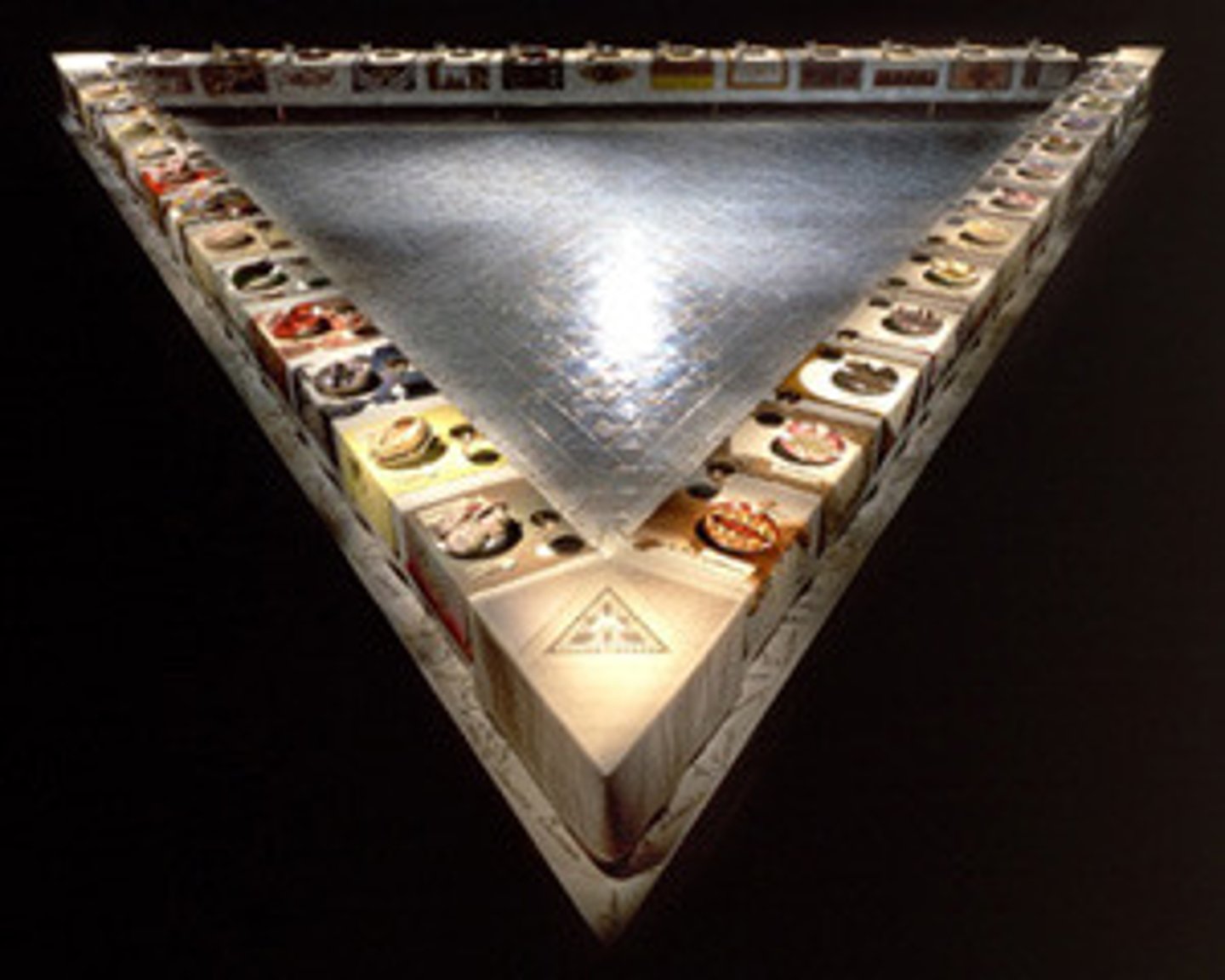
Les Demoiselles d'Avignon
Pablo Picasso, 1907
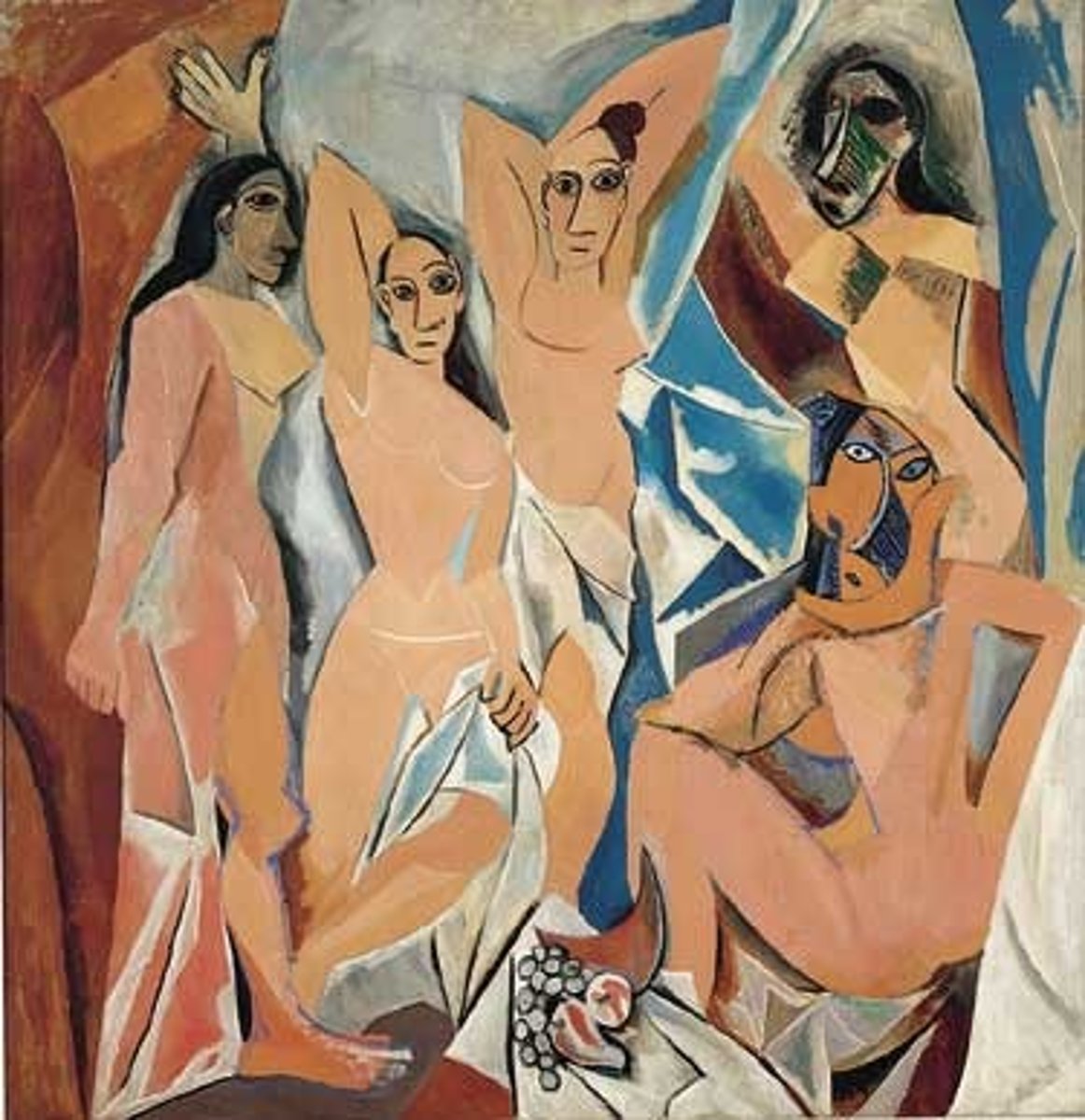
Aspects of Negro Life: From Slavery through Reconstruction
Aaron Douglas, 1934
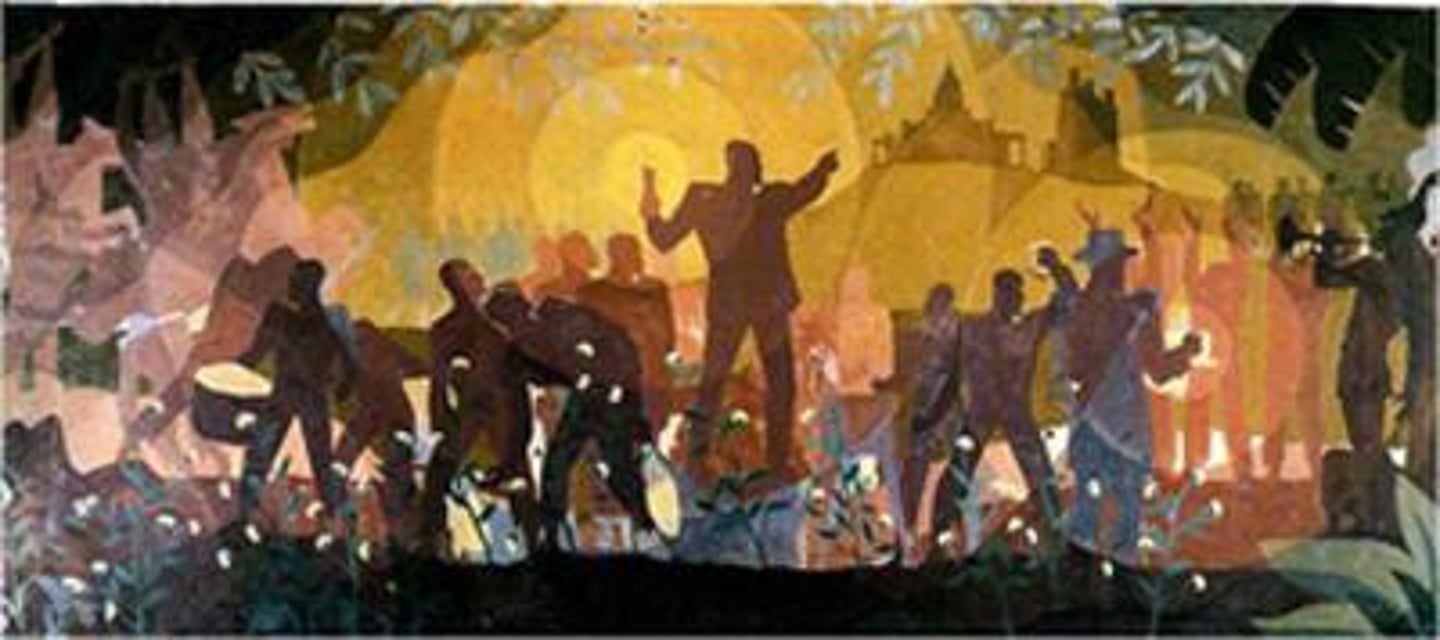
Number 1
Jackson Pollock, 1949
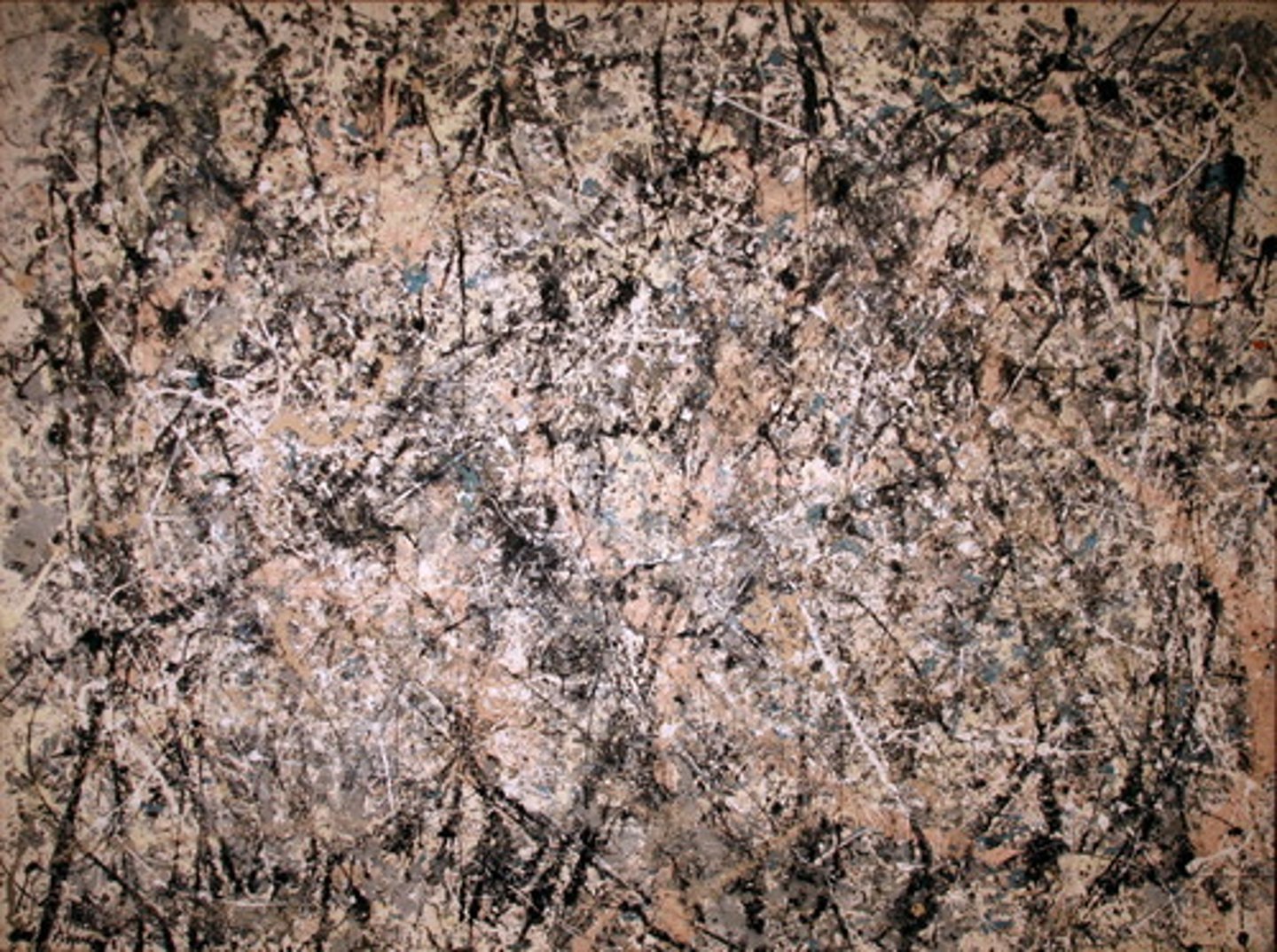
Orange and Yellow
Mark Rothko, 1956
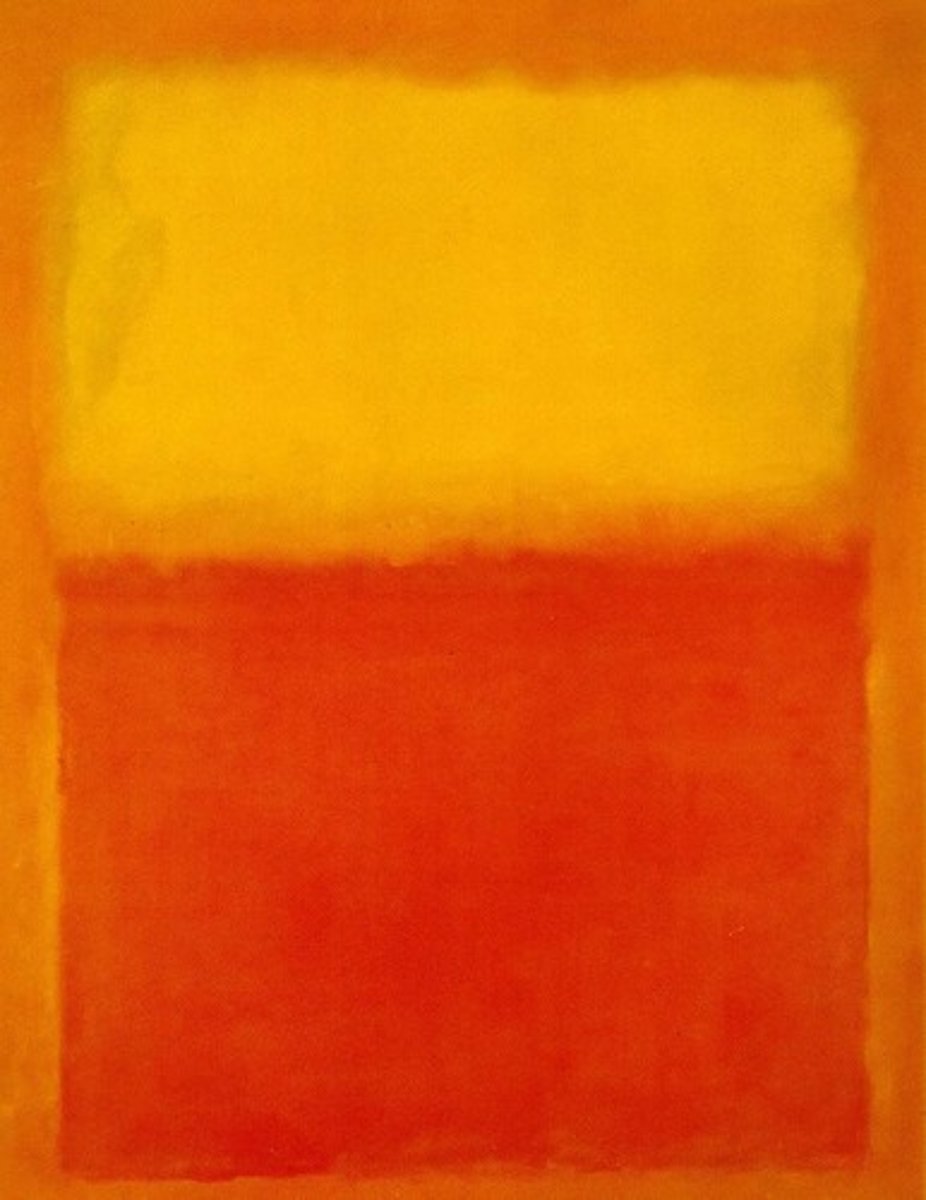
Winter Pool
Robert Rauschenberg, 1959
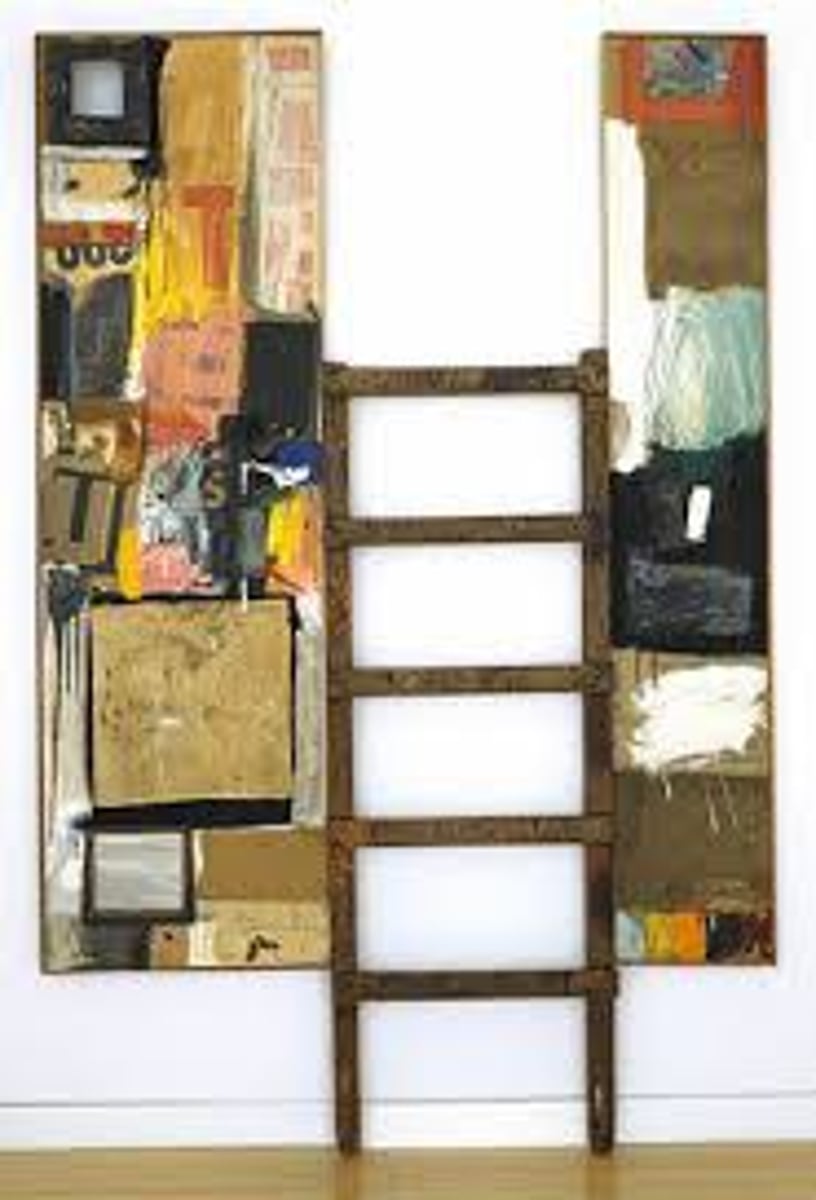
Blam
Roy Lichtenstein, 1962
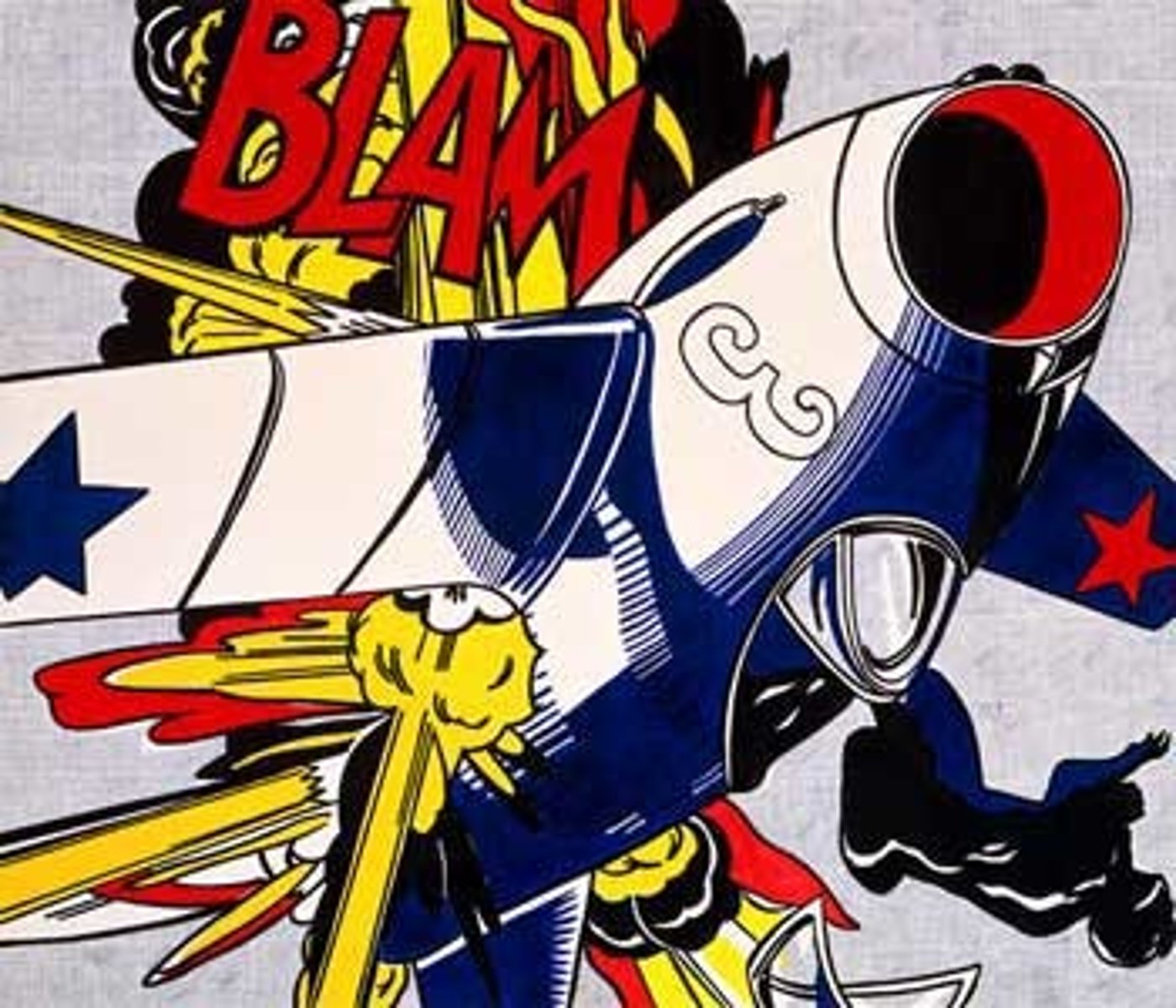
One and Three Chairs
Joseph Kosuth, 1965
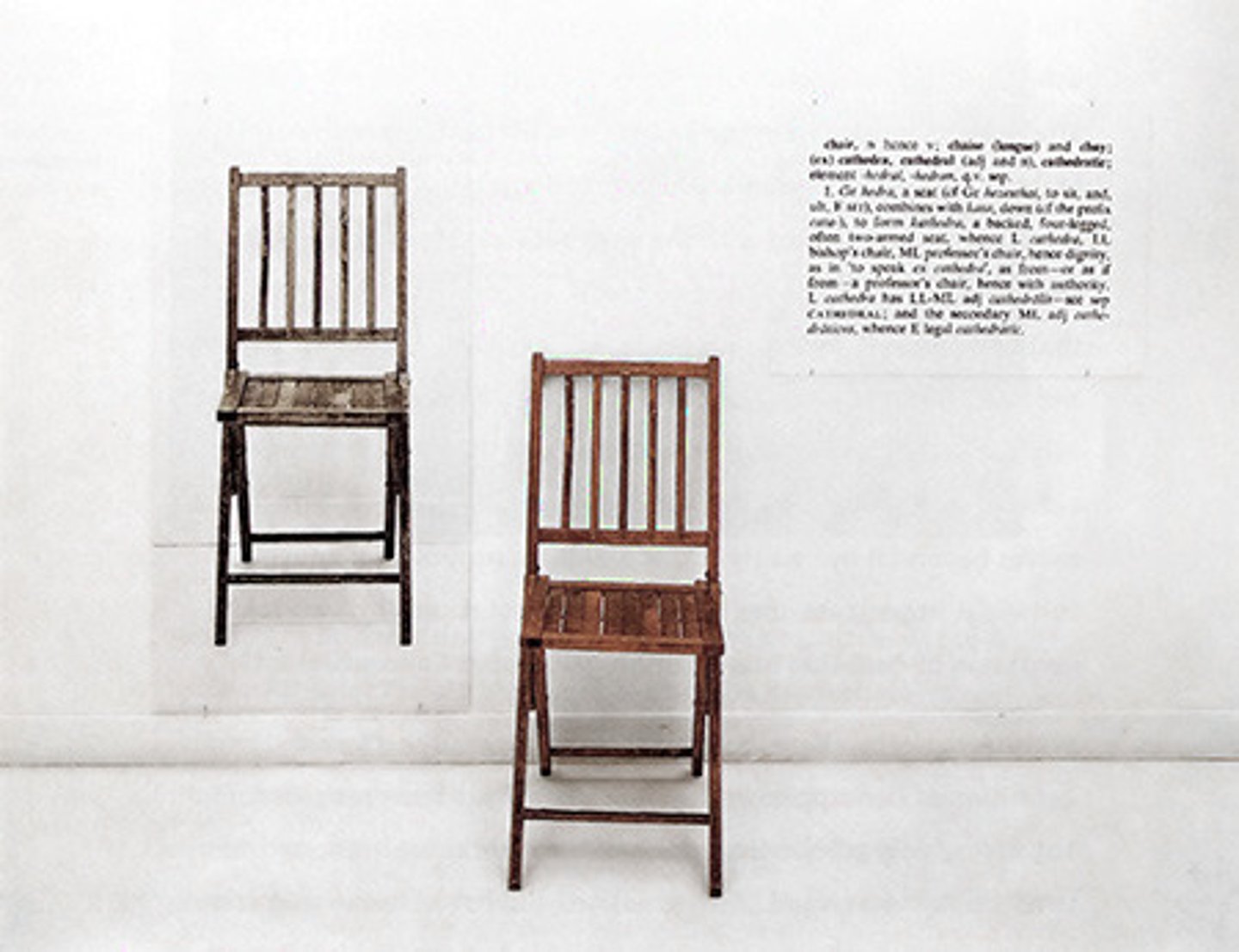
Darkytown Rebellion
Kara Walker, 2001
